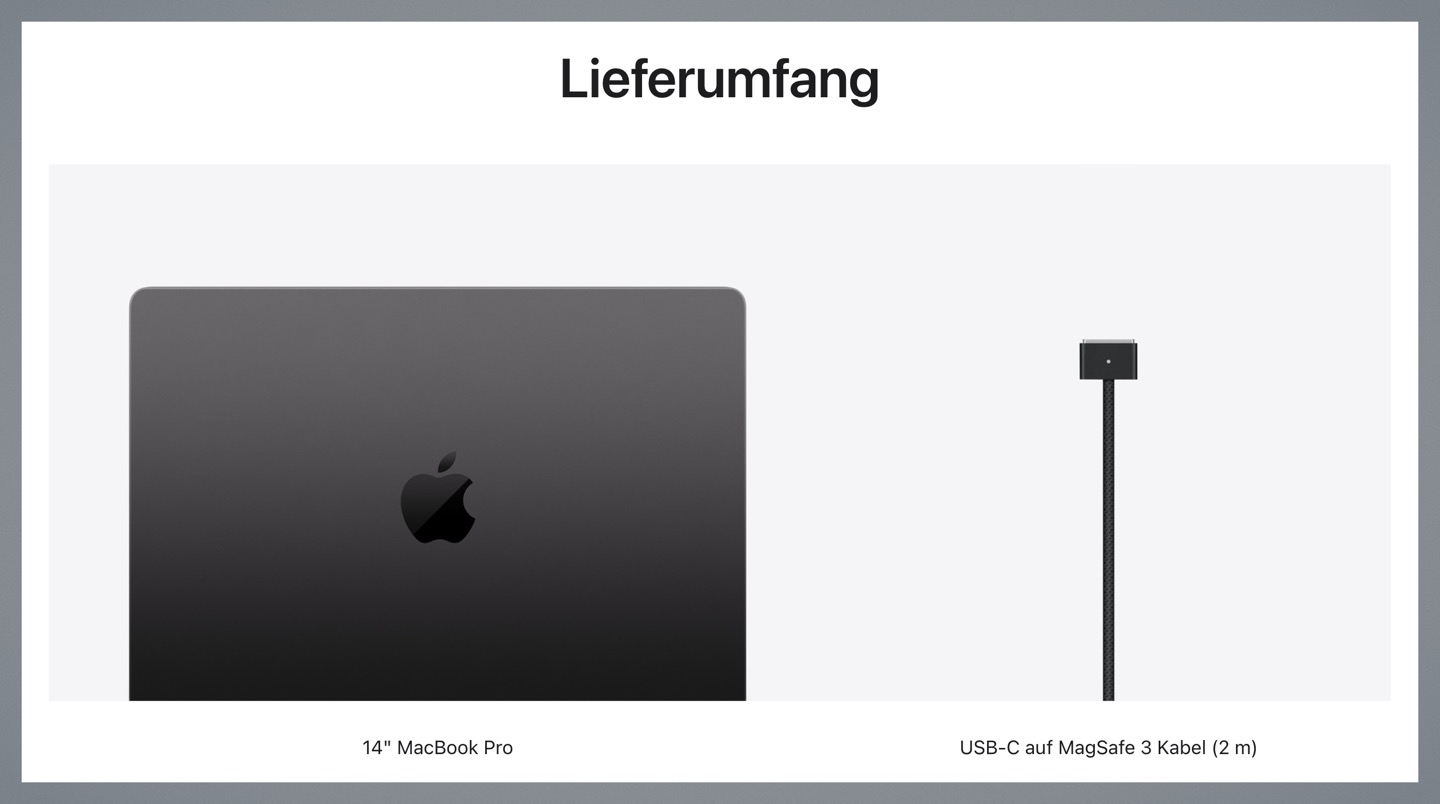From the Orkut era to the TikTok generation spam It is one of the oldest and most persistent threats we face in the online ecosystem. Who hasn’t had their email inbox flooded with unwanted messages, promises of incredible rewards or miraculous offers?
The term “spam” has transcended the virtual world and become part of our daily vocabulary, but its importance as a cyber fraud vector continues to grow. This is because spam is not only annoying but also tool against various digital threats affecting online security and privacy.
Cybercriminals have improved their techniques over the years, creating new forms of spam such as phishing, robotexts, account cloning, and emails that are dangerously similar to the originals.
In this article we will examine: current spam types may harm individuals and organizations, and also Practical measures to protect yourself (even if you access a suspicious link). Check out!
What are the most common types of spam today?
one. Fake emails (Phishing)
You Phishing emails It is a common form of spam. They disguise themselves as legitimate messages, often impersonating trusted companies, in order to trick recipients into clicking malicious links or sharing personal information.
In these emails, cybercriminals can pose as government bodies or financial institutions to encourage victims to provide sensitive data belonging to both individuals and legal entities that has the potential for great harm.
two. Robotexts
Robotexts These are the automated text messages that flood our smartphones not only via email but also on social media. They may offer fake rewards, questionable products, services or benefits, and can lead to fraud or identity theft, always with links to dangerous websites.
3. Account cloning
In this type of spam, cyber criminals fake profiles on social mediaIt is mostly the copying of the identity of a real person or commercial organization. They use these cloned accounts to send misleading messages or attempt to contact the victim’s friends to obtain personal information.
It’s common to see accounts being hacked to request money transfers and deposits, but it’s important to be wary of more “subtle” scams, such as requesting data and information posing as companies or trusted individuals.
4. Using emails that are similar to the originals
Cybercriminals often use emails that look very similar to the originals but have minor differences, such as misleading characters. This can trick unsuspecting victims into opening malicious links or downloading malicious attachments.
How Can Spam Harm You?
Spam can have many negative consequences. Among these we can highlight:
- Theft of personal data: Phishing and spoofed emails can lead to the theft of sensitive information such as passwords, credit card or document numbers.
- Malware infection: By clicking on links or downloading attachments in spam messages, you run the risk of infecting your device with malware.
- Financial loss: Spam can lead to unauthorized purchases, unwanted subscriptions and financial fraud.
- Damage to online reputation: Account cloning can damage your online reputation by making you appear to be involved in suspicious activity.

But ultimately how do you protect yourself from spam?
Now that we understand the types of spam and their risks, let’s talk about how you can protect yourself:
one. Have security software
Already using a reliable security solution? trust something antivirus software It’s one of the first steps in protecting yourself not just from Spam, but from all threats in the online world.
A. KasperskyAs cyber security experts, we offer solutions such as: Kaspersky Total SecurityA comprehensive antivirus that goes beyond spam detection.
Let’s say you are the victim of a spam email. Clicking on a malicious link or accidentally downloading malware. In this case, Kaspersky Total Security comes into play, instantly detecting and eliminating malware and preventing the virus from damaging your device or network.
Has advanced features identification This Real-time protectionThis solution offers users peace of mind, ensuring their online experience is safe and threat-free in all situations.
two. Be wary of suspicious emails and do not share personal information
Check email senders carefully before opening any attachments or clicking on links. If something looks suspicious, don’t open it, and never share personal or financial information via email, text message, or untrustworthy websites.
3. Use two-factor authentication (2FA)
A. two-factor authentication (2FA) It is an additional layer of security that plays an important role in protecting against cyber threats, including spam.
2FA offers this second verification step, making unauthorized access to your online accounts significantly more difficult. This way, even if an attacker obtains your password through a spam scam, they will still not be able to access your account because they will not have the second authentication factor.
You can use a good password manager to do this. Kaspersky Password Managerthat stores, encrypts and syncs all your passwords, sensitive data and important documents.
While spam remains a real threat on the internet, education, caution and Powerful tools like Kaspersky they are your best defense against this and other online threats. Don’t leave your security behind, visit the website Kaspersky and learn more about protecting your online activities.
Source: Tec Mundo
I am a passionate and hardworking journalist with an eye for detail. I specialize in the field of news reporting, and have been writing for Gadget Onus, a renowned online news site, since 2019. As the author of their Hot News section, I’m proud to be at the forefront of today’s headlines and current affairs.












